A conversation with Matt Sewell
The three month project, launched today, is set to create the first ever UK coastal sound map, using sounds recorded by the public. A collaboration between the National Trust, the British Library and the National Trust for Scotland, the project will run throughout the summer of 2015, closing on the 21 September.
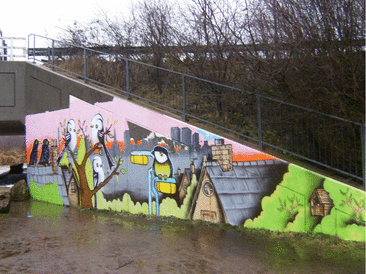 TransPennine Trail underpass, Old Moor: graffiti facilitated by Matt Sewell and Spearfish
TransPennine Trail underpass, Old Moor: graffiti facilitated by Matt Sewell and Spearfish
Since then, Matt has gone on to author several bird books in which his unique visual take is matched by succinct descriptions that capture a deep, if offbeat, relationship between artist and subject.
“I’d been a street artist since the late 1990s” he explained, “and started working for fashion mags and the like but by 2007 I’d just had enough. My wife and I were living in Brighton and one day we just left and went to Australia, just travelling around a lot.”
While in Australia he carried on with street art, “some official, some unofficial” but realised that all he really wanted to do was watch birds. I asked if he had been a birdwatcher up to that point. “I think it was when I was watching a splendid fairy wren in Australia, a wonderful blue thing, that I had a flash of realisation how much I loved birds.” He realised he had been passionate about them since growing up alongside his family’s smallholding in Willington, County Durham.
“We came back to the UK and I decided to devote most of my work to birds” he says, “but found we were in the middle of the credit crunch and all my old contacts had moved on.” His Australian adventures made him look afresh at everyday British birds. “I saw how blue a blue tit is and thought, wow! it’s a British bird.”
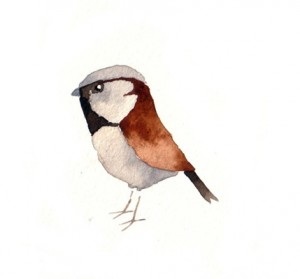 House sparrow by Matt Sewell
House sparrow by Matt Sewell
His commentary on the house sparrow, an early subject of the series, is typical: As British as chip butties and bramble picking, they even look like they’re wearing a flat cap for Christ’s sake. When you see them abroad they don’t look right, like they shouldn’t be there. Faded, out of place and a bit sad. Like some leathery Brit that’s been in Ibiza/Thailand/Goa for far, far too long and lost their way. Come home!
A book of such gems was inevitable, and Ebury Press published Our Garden Birds in 2012. “It’s just a collection of musings and memories of encounters I have had with these birds,” he explains, “but at the same time I’m trying to give people a different understanding of the countryside and wildlife. Trying to open people’s eyes.”
The National Trust’s Sounds of Our Shores project, for which Matt has contributed the artwork, including the logo at the top of this blog, now hopes to open people’s ears, too.
Start your week with the sound of waves lapping on sand and shingle http://t.co/oUeqgM5mtU Share your #shoresounds! pic.twitter.com/mnj58CRdey
— National Trust (@nationaltrust) June 22, 2015

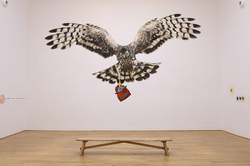
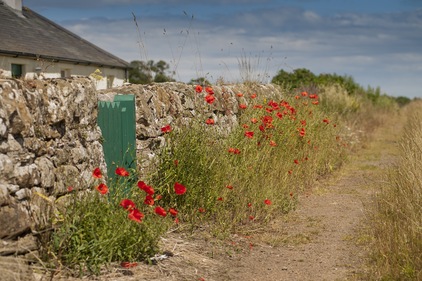
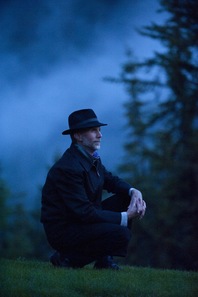
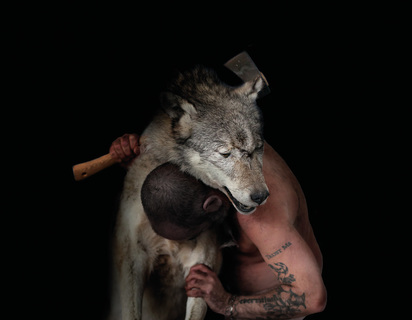
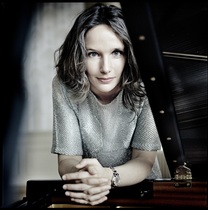
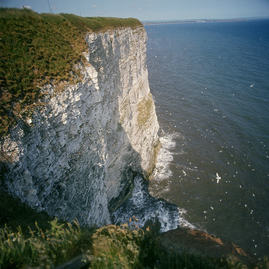
 RSS Feed
RSS Feed
